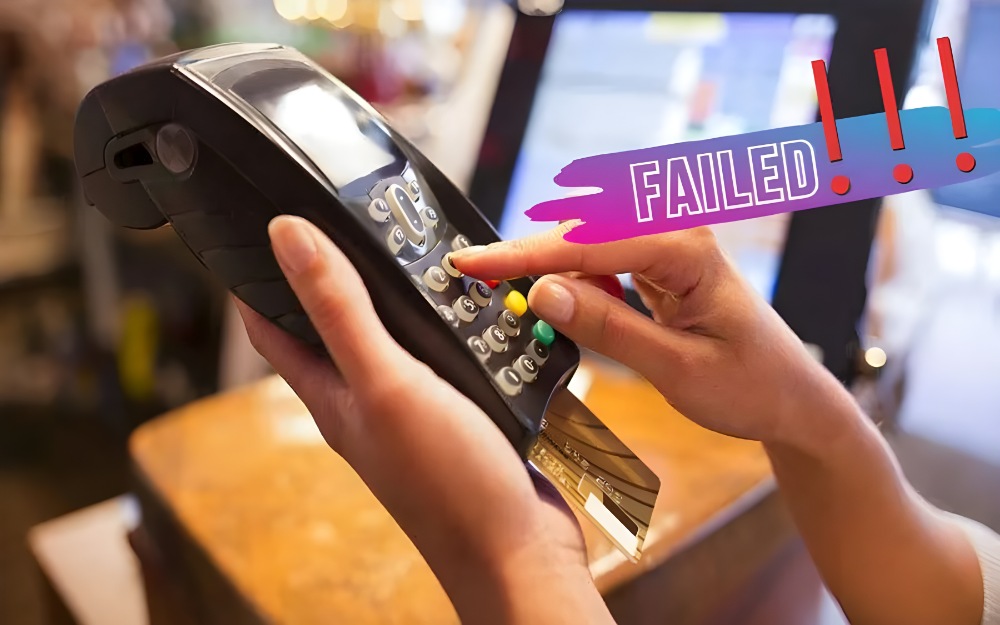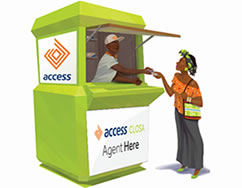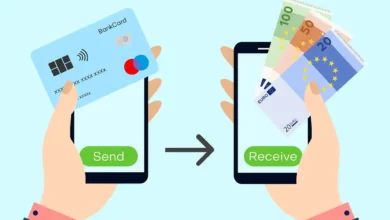How to Fix Failed Transactions & Unsuccessful Transfers: An Ultimate Guide

Transactions gone wrong? Let’s face it, transactions don’t always go as planned. Whether they’re credit card payments, wire transfers, or bank transfers, failed transactions and unsuccessful transfers can be extremely frustrating. After all, time is money and it’s not just finances that are at stake but also your valuable reputation or relationships with your customers.
The good news is that there are ways to fix failed transactions and unsuccessful transfers before they become a major problem. In this article, we’ll explore the most effective methods you can use to repair such financial situations with minimal effort. We’ll look at how to identify the issues causing the failure and how to fix them in order to save your business from potential losses. So let’s get started!
Understanding Why Transactions Can Fail
If you’ve ever sent a payment to someone, or attempted to transfer funds online, only to have the transaction fail, you know how frustrating it can be. But understanding why something went wrong is often the first step in fixing the problem.
When it comes to transactions and transfers, there are a few common reasons why things can go wrong:
- Insufficient Funds – If you’re trying to pay someone but don’t have enough money in your account, the money cannot be taken and the transaction will likely fail.
- Wrong Account Details – Transferring money in an online payment system can often involve entering account numbers and other details. If any of this information is incorrect or incomplete, your transfer won’t go through.
- Incorrect Payment Type – Before making a payment or transfer, you need to make sure that you’re using the correct payment system for your situation (e.g., debit card vs. credit card). Using the wrong one can lead to failed transactions.
- Technical Issues – Sometimes technical glitches can occur between banks or processors that interfere with certain payments or transfers. When this happens, it’s typically out of your control and will require some extra attention from customer service representatives to resolve.
By understanding what can cause transactions or transfers to fail, you’ll be better equipped to tackle problems if they do arise—and get back on track quickly!
When & Where to Get Help
When checking the usual suspects doesn’t give you an answer, it might be time to get help. Don’t panic – help is usually at hand! There are a few different places to look when you are dealing with a failed transaction or unsuccessful transfer.
*Contact your bank or payment provider: Chances are your bank or payment provider will be able to help. Most have dedicated customer service lines and can talk you through the issue.
*Search online: With so many people global relying on online payments, it’s likely that someone else has gone through the same issue and posted about it online. Search for help on forums or digital communities where people who have experienced the same thing may be able to offer advice.
*Get in touch with us: If all else fails, reach out to us directly by email or via one of our social media platforms and we can try to help you troubleshoot and fix the failed transaction or unsuccessful transfer.
How Fo Fix “Failed Transactions” or “Unsuccessful Transfers” in Nigeria
Failed transactions or unsuccessful transfers can be frustrating, especially when you urgently need to send money or make a payment. In Nigeria, this is a common issue that many people face when using banks, mobile money, or other payment platforms. However, there are steps you can take to fix failed transactions and ensure that your money is not lost in the process. Here are some tips:
- Contact your bank or payment platform: If you experience a failed transaction, the first thing you should do is to contact your bank or payment platform. They are in the best position to investigate the issue and provide a solution. You can call their customer care line or visit their branch to lodge a complaint.
- Provide details of the failed transaction: When you contact your bank or payment platform, make sure you provide all the necessary details of the failed transaction. This includes the date, time, amount, and reference number of the transaction. This will enable them to track the transaction and identify the issue.
- Wait for resolution: After you have lodged a complaint, the bank or payment platform will investigate the issue and provide a resolution. This may take a few days, depending on the complexity of the issue. During this period, avoid making another transaction to avoid complications.
- Follow up on the complaint: If you do not receive a resolution within the stipulated time, you should follow up on the complaint. You can call or visit the bank or payment platform to inquire about the status of your complaint.
- Use alternative payment platforms: If you experience frequent failed transactions on a particular payment platform, you may want to consider using alternative platforms. There are several payment platforms in Nigeria that offer reliable and efficient services.
In conclusion, failed transactions or unsuccessful transfers can be fixed by following the steps above. It is important to remain patient and persistent in resolving the issue to ensure that your money is not lost.
Solutions for Unsuccessful Transfers
If you’re dealing with unsuccessful transfers, there are a few things you can do to try and fix the problem.
Check Your Bank’s Transaction Logs
First, check your bank’s transaction logs to make sure that the transfer was actually sent. A lot of banks provide online access to transaction logs which allow you to view all of your recent transactions. If the transfer is not listed, then it has not been sent and you should look for another solution.
Contact Your Bank Directly
If the transfer has been sent but hasn’t gone through, it could be due to a delay in processing or a technical issue with your bank. In this case, it’s best to contact your bank directly. They’ll be able to look into the issue and provide advice on how to resolve it.
Use an Online Payment Service
Another option is to use an online payment service like PayPal or Venmo. These services provide quick and secure money transfers with low fees and no hassle. Plus, they allow you to view transaction histories so you can easily keep track of all your payments.
What to Do if the Account Seems Blocked
If you’re dealing with a failed transaction or unsuccessful transfer, and the account seems blocked, you need to do something about it.
Sometimes transfers are blocked due to suspicious activity, or due to the fact that the account holder hasn’t completed all of the necessary steps. Either way, there are certain steps you can take to try and get it unblocked.
Contact Your Bank
The first thing you should do is contact your bank or financial institution and explain the situation. They may have flagged your transfer as suspicious and need more information from you before they can unblock it.
Check Limits
It’s also worth checking if there are any limits set up on your account or on the recipient’s account. Make sure that both accounts have enough funds available for the transaction, and that there are no limits set on either end.
Transaction Errors
Finally, make sure that the data entered by both parties is correct—sometimes errors in details like the recipient’s name, account number, date and amount can cause a transaction failure or unsuccessful transfer.
If all else fails, don’t hesitate to contact customer support for help—they may be able to provide additional insight into why a transfer was blocked or failed.
Security Measures to Prevent Future Problems
If you want to prevent future problems with failed transactions and unsuccessful transfers, there are a few security measures you can take. Here’s what to do:
Implement Security Protocols
Make sure that you have the right security protocols in place so that transactions and transfers are secure. This might include using encryption and other measures to ensure that your data is protected. Additionally, make sure that any passwords or keys needed to access accounts or transfer money are strong and complex.
Research Before Sending Money
Before sending money through a transfer or transaction, it’s always important to do some research about the online platform, payment processor, or service provider you’re using. Read reviews from other users and check for any red flags that could indicate an unreliable company or fraudulent activity. This is also a good time to make sure the company is legitimate, as well as check their fees and policies.
Double-Check Recipient Information
When transferring money, it’s important to double-check the recipient information before submitting the payment. If you provide incorrect information, it could result in your money going somewhere else – or nowhere at all. Make sure all of the information is accurate including their name and bank details (if applicable). You should also double-check that they have received the funds successfully after you’ve submitted the payment.
Conclusion
Ultimately, if you experience a failed transaction or unsuccessful transfer, you don’t have to be stressed. It is common to experience this, especially today with more and more people relying on digital payments and digital banking. All you need to do is use the methods described in this article and you will be able to fix the problem and successfully transfer money. Whether it’s the failed or unsuccessful transaction, or the slow transfer, there is always a solution and a way to fix the problem. So, don’t panic, take a few deep breaths and start troubleshooting. Good luck!












